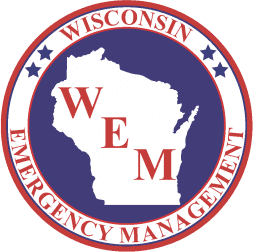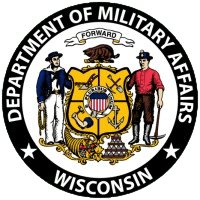What is Hazard Mitigation?
Wisconsin is vulnerable to a variety of natural hazards. The state has incurred hazard-related damages totaling nearly $3 billion in the last three decades. Hazard mitigation breaks the cycle of damage and repair by reducing or eliminating the long-term risk to human life and property from hazards. Effective mitigation actions can include a variety of projects and activities. For example, mitigation can include relatively simple projects such as elevating a home furnace, water heater, and air conditioner. Mitigation actions can also include larger and more complex projects such as relocating buildings out of the floodplain, strengthening critical facilities to prevent wind damage, and construction of detention or retention ponds.
A 2019 study by the National Institute of Building Sciences found that every $1 spent on mitigation saves an average of $6 in future reduced losses. This savings increases to $7 for FEMA-funded flood mitigation projects, like those completed in Wisconsin communities.
About Our Team
WEM’s Hazard Mitigation Section is comprised of staff who provide technical assistance to counties, local units of government, Tribal Nations, and some types of private non-profit organizations as they navigate the FEMA Hazard Mitigation Assistance grants. We can assist with everything from applying for FEMA grants, to reviewing county/local/tribal hazard mitigation plans, to helping manage project grants to mitigate local risk. We cannot work directly with property owners – all projects must be sponsored by an eligible subapplicant (usually a local unit of government).
Please email DMAWEMHazardMitigation@widma.gov as your first point of contact regarding questions about hazard mitigation funding opportunities, project ideas, and planning initiatives.

